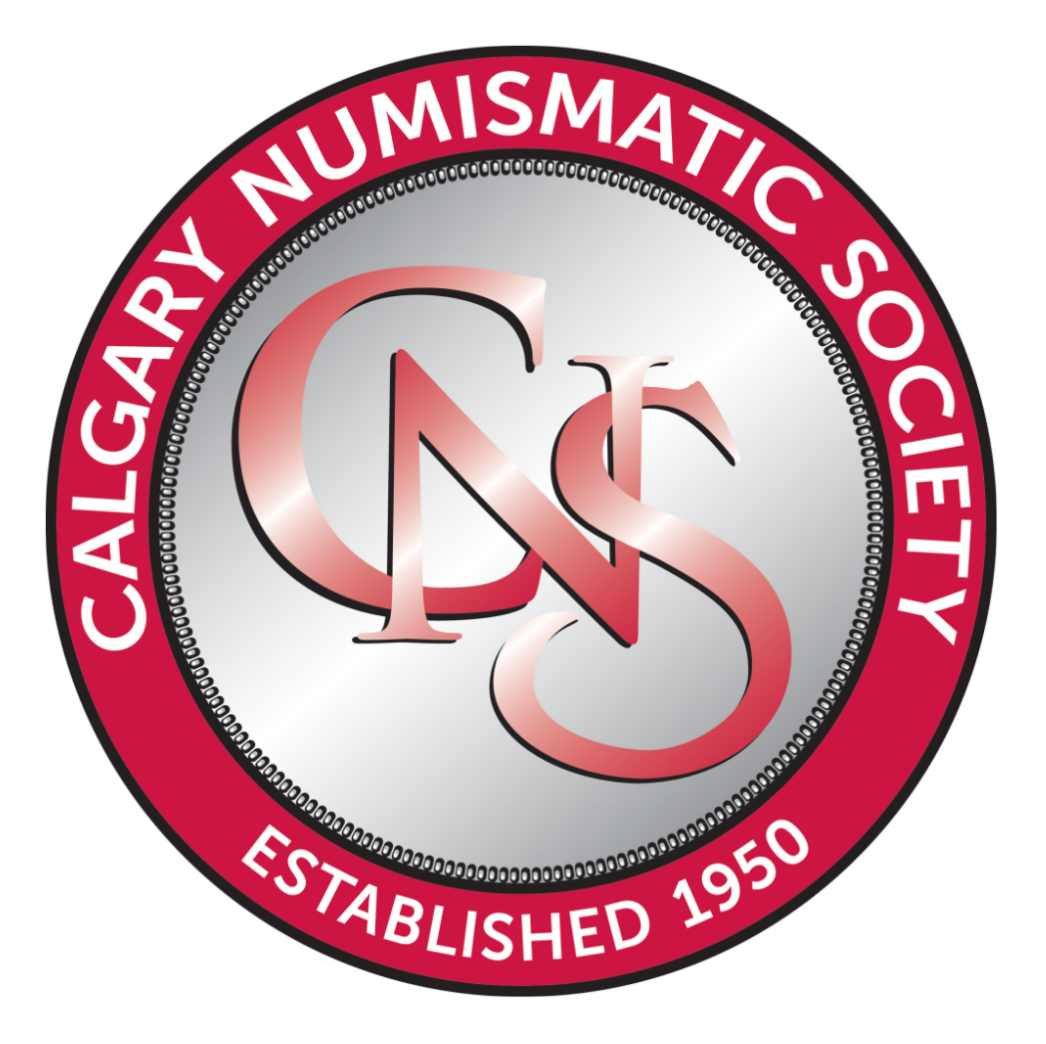2019 RCNA Convention Medal
For this year’s convention medal, CNS has chosen to showcase Albertosaurus, a dinosaur that lived in Western North America during the Late Cretaceous Period that was about 70 million years ago. Albertosaurus lived in the region now known as Alberta, a province in Western Canada. The main tour of this year’s RCNA Convention is a day trip to the Royal Tyrrell Museum located in Drumheller, Alberta. The museum has a collection of over 130,000 fossils and the Albertosaurus is one of many dinosaurs on display
Albertosaurus was named by Henry Fairfield Osborn in 1905 and the name honours Alberta which joined Confederation the same year. Its Greek name is Albertosaurus sarcophagus
Albertosaurus was large for a theropod type dinosaur (a carnivorous dinosaur that had short forelimbs and walked or ran on its hind legs) but was much smaller than its distant cousin and movie star Tyrannosaurus rex (T Rex). It was first discovered June 9th, 1884, from an outcrop of the Horseshoe Canyon Formation beside the Red Deer River. It was recovered by an expedition of the Geological Survey of Canada, led by geologist Joseph Burr Tyrrell. Over 30 different specimens of all ages of the Albertosaurus have been recovered, giving scientists a good understanding of its anatomy. The oldest and largest known specimen is ten metres in length and was 28 years old. In contrast the youngest and smallest is two years old and two meters in length
The average Albertosaurus was nine to ten meters long, 3.4 metres in height and weighed in the 1.3 to 1.7 metric tonne range. It had the ability to walk at a rate of up to 21 km/hr along with a high running speed. Its body skin was covered with hexagonal shaped scales arranged in rows. The skull which was about 1 metre long housed its long jaw that with both sides combined held 58 or more banana shaped teeth.
Consider booking the Royal Tyrrell Museum tour to see Albertosaurus up close, along with the rest of his dinosaur family.

